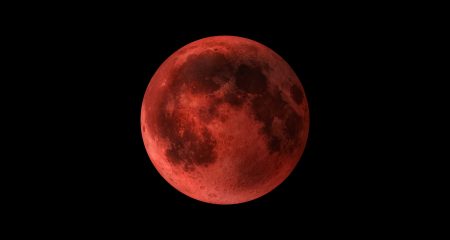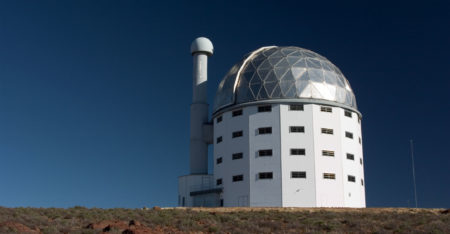 More than 2 000 of the world’s professional astronauts will converge on Cape Town next week for the 2024 International Astronomical Union (IAU) General Assembly.
More than 2 000 of the world’s professional astronauts will converge on Cape Town next week for the 2024 International Astronomical Union (IAU) General Assembly.
The event is being held on African soil for the first time in the organisation’s 105-year history and will have pre-recorded and live sessions streamed via YouTube – also for the first time.
“The IAU General Assembly will bring astronomers together to share their work in diverse fields, including how the history of the universe is being rewritten using images from the James Webb Space Telescope, new methods for predicting and discovering planets outside our solar system, efforts to protect dark skies against light pollution, and the use of astronomy around the world to drive development,” said the IAU in a statement.
Among those attending will be Sian Proctor, mission pilot for the first all-civilian orbital mission, Inspiration4, as well the first African American woman to pilot a spacecraft.
Also attending is Brian Schmidt, winner of the 2011 Nobel Prize in Physics, and leader of the team that discovered that the expansion of the universe is accelerating.
Other IAU General Assembly events that will be open to the public include:
- Appearances by Mae Jemison, a former Nasa astronaut and the first African American woman in space;
- The Square Kilometre Array Observatory’s “Cosmic Echoes” astronomy and art exhibition, featuring mixed media artworks from indigenous artists in Australia and South Africa;
- Public screenings of Rising Star, a full dome and virtual reality film highlighting the South African Large Telescope (Salt) and the MeerKAT radio telescope;
- The official opening of the new South African Astronomical Observatory (SAAO) visitor centre; and
- “An Evening with Nasa”, which will offer the public an opportunity to meet Nasa scientists and educators.
Recognised authority
The IAU is an international organisation with a membership of more than 12 000 active professional astronomers from about 100 countries. It’s also the recognised authority that classifies and names celestial or astronomical bodies, from the largest objects in space like the Hercules-Corona Borealis Great Wall to asteroids like 2024 MK, which passed between Earth and the moon on 29 June. – © 2024 NewsCentral Media




